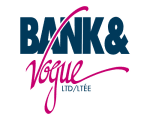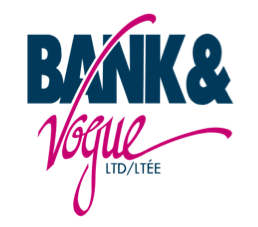The secondhand wholesale industry is undergoing significant transformation, driven by shifting consumer preferences, technological advancements, and a growing emphasis on sustainability. As businesses adapt to these changes, two primary sourcing models have emerged: auctions and direct sourcing. Each offers distinct advantages and challenges, influencing pricing strategies and operational decisions.
Auction-Based Sourcing: Competitive Bidding and Dynamic Pricing
Auction-based sourcing involves procuring goods through competitive bidding processes, where suppliers vie to offer the best prices and terms. This model is particularly prevalent in scenarios involving surplus or liquidation stock.
Advantages:
- Dynamic Pricing: Auctions facilitate real-time price discovery, allowing buyers to capitalize on market fluctuations and secure goods at potentially lower costs.
- Transparency: The open nature of auctions promotes fairness and can deter collusion, as all bids are visible and recorded.
- Efficiency: Auctions can expedite procurement cycles, as suppliers are compelled to present their best offers within a specified timeframe.


Challenges:
- Quality Variability: Auctioned goods, especially liquidation stock, may have inconsistent quality, requiring thorough inspection and risk assessment.
- Psychological Factors: Bidders may experience “auction fever,” leading to overbidding and potential buyer’s remorse.
- Limited Control: Buyers have less influence over the selection and customization of products compared to direct sourcing.
Direct Sourcing: Building Relationships and Ensuring Consistency
Direct sourcing entails establishing direct relationships with manufacturers or producers, bypassing intermediaries. This model offers greater control over product quality and supply chain dynamics.
Advantages:
- Quality Assurance: Direct relationships enable better oversight of production processes, ensuring consistent product quality.
- Customization: Buyers can collaborate with suppliers to tailor products to specific market needs or branding requirements.
- Long-Term Partnerships: Direct sourcing fosters strong supplier relationships, which can lead to more favorable terms and reliable supply chains.
Challenges:
- Higher Initial Costs: Establishing direct sourcing channels may involve higher upfront investments in relationship-building and logistics.
- Complex Logistics: Managing international shipments, customs, and compliance can be more intricate compared to sourcing through established auction platforms.
Strategic Considerations for Wholesalers
Choosing between auction-based sourcing and direct sourcing depends on various factors, including business objectives, resource availability, and market dynamics.
- Product Type: For unique or high-demand items, auctions may offer better opportunities to acquire inventory at competitive prices. Conversely, for standardized products requiring consistent quality, direct sourcing is preferable.
- Volume Requirements: Businesses needing large quantities may benefit from the scalability of direct sourcing, while those seeking smaller lots might find auctions more suitable.
Risk Tolerance: Auction sourcing carries inherent risks related to product quality and availability, whereas direct sourcing offers more predictability.








